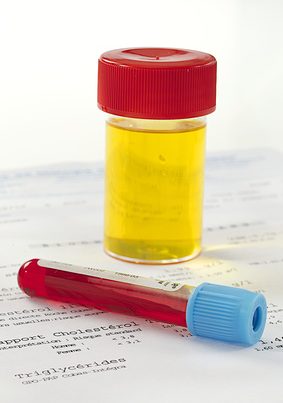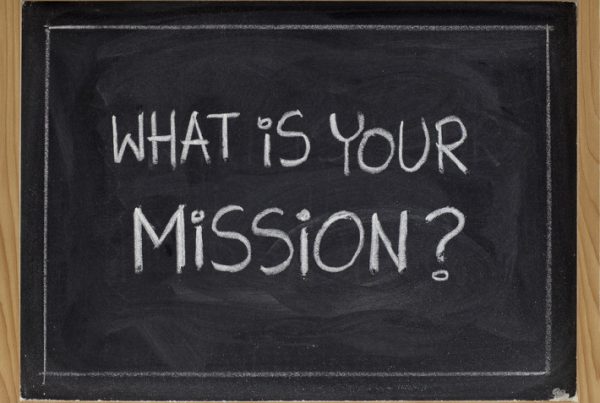
Nurses as well as students will pass medications almost every clinical day.
Therefore, it is essential that every student must possesses a DEEP UNDERSTANDING of pharmacology in order to transition successfully to clinical practice.
This is more easily said than done.
Currently, there are more than five thousand medications used in practice and most nursing drug manuals are well over one thousand pages in length. Nursing drug manuals have content areas of the following areas:
- Indications
- Mechanism of action
- Pharmacologic classification
- Tme/action profile
- Contraindications
- Side effects
- Interactions
- Route and dosage
- Nursing implications
- Patient education
If a student has multiple medications to pass, what should they be able to state and understand about the medications before he/she is considered safe to administer? What content areas of the drug manual are most important especially if this is a medication that is commonly used in the clinical setting?
The short answer…the mechanism of action.
But in order for the mechanism of action to be deeply understood, students must be able to translate this knowledge and contextualize pathophysiology to pharmacology. I have found this to be a weakness in the programs I have taught and as a result student learning and the ability to successfully transition to clinical practice has been affected.
Contextualizing Patho
To transform nursing education, Educating Nurses: A Call for Radical Transformation identified that content from nursing programs must be consistently contextualized to the bedside so students can see why it is relevant.
One practical way to integrate this transformational paradigm shift is to make every effort and opportunity to contextualize pathophysiology to practice through deeply understanding the mechanism of action of the most commonly used drugs in both the classroom and especially the clinical settings.
Anatomy and Physiology (A&P) is a prerequisite for most nursing programs. Yet this class is typically taught with little to no contextualization to nursing practice. Essential content and concepts such as beta and alpha receptors, preload, afterload, Starling’s law, and the classic formula CO=SVxHR have no clear clinical contextual hook for pre-nursing students to understand how relevant or important this is to bedside practice.
For example, as a clinical faculty assessing a student’s safety to pass atenolol, most of my students were able to identify the pharmacologic classification of atenolol as a beta blocker. But when I asked, “What is a beta blocker blocking?” most students had no response or were unable to answer the question correctly.
See for yourself. Ask your students:
- What is a beta blocker blocking?
- What is an ACE inhibitor inhibiting?
- What is a calcium channel blocker blocking?
Then you will really know how much they understand this essential aspect of pharmacology!
Encourage your students to recognize the importance of understanding the mechanism of action so they can be safe in practice and strengthen their ability to critically think.
Importance of Mechanism of Action
Atenolol
Lets take a look at how this works in practice with administering atenolol.
This is the mechanism of action for atenolol as stated from Micromedex, an online data base used by many hospitals:
“Atenolol is a synthetic beta (1)-selective adrenoreceptor blocking agent without membrane stabilizing or intrinsic sympathomimetic activities. It inhibits beta (2)-adrenoreceptors primarily found in bronchial and vascular musculature at higher doses”
When the nurse UNDERSTANDS the pathophysiology of the mechanism of action and is not allowed to recite it out of a drug handbook and know how it impacts the body, essential nursing assessments logically follow.
In order to understand the physiologic impact of atenolol on their patient, students must be able to recognize the differences between beta 1 and beta 2 adrenergic receptors, and the physiologic effects of this beta blockage to the heart and lungs.
When the mechanism of action is deeply understood, and how it impacts the body, the nursing assessments that are required to be safe to administer as well as those that may be needed to follow up afterwards become readily evident without even having to consult the drug manual!
When the beta blocker atenolol is administered, the need to assess the heart rate and blood pressure become readily apparent.
Amiodarone
Let’s do another cardiac medication that is used as an antiarrhythmic.
This is the mechanism of action for amiodarone as stated from Micromedex:
“Amiodarone is an antiarrhythmic drug with predominant class III effects of lengthening cardiac action potential and blocking myocardial potassium channels leading to slowed conduction and prolonged refractoriness.”
In order for a student to safely administer amiodarone, they must UNDERSTAND the cardiac electrophysiology concepts of action potential, refractory period, and slowed conduction, and how these physiologic effects will directly affect heart rate and rhythm.
This is difficult content but yet clearly within the scope and understanding of the professional nurse. Make it a priority to contextualize the applied sciences of both pathophysiology and pharmacology by expecting your students to understand the mechanism of action of the most commonly administered drugs in your specific clinical setting.
This level of understanding will help strengthen the critical thinking of every student in your program.
In Closing
It is been said that no student will rise to low expectations.
I have used this as my mantra in the clinical setting with my students. I want to raise a high but realistic bar of applied pathophysiology to practice so that my students will be well prepared to transition successfully once they graduate.
I have been that educator that was not always appreciated and sometimes feared by my students because of the questions I would ask, yet I have received emails from these same students after they graduated thanking me for pushing them to develop this needed knowledge.
If you are a nurse educator, make it a priority to contextualize pathophysiology and pharmacology in both the classroom setting by discussing this content in your lecture of various disease topics, as well as in the clinical setting with those most commonly used medications that your students will pass.
Do not let your students merely state the pharmacologic classification, but clearly communicate your expectations to have a higher bar of truly understanding the mechanism of action, then watch them rise to meet your realistic expectations and in the process prepare themselves for professional practice!
What do you think?
What strategies have you found successful to contextualize patho to clinical practice? How about teaching pharm in the class or clinical settings?
Comment below and let the conversation begin!
References
Benner, P., Sutphen, M., Leonard, V., & Day, L. (2010). Educating nurses: A call for radical transformation. San Francisco, CA: Jossey-Bass.
Next Week…
I am excited to share a free video series starting next week titled “Strengthening Student Transition to Real-World Clinical Practice.” This is a topic I am passionate about and look forward to sharing!
I will be including free documents to download as well as imbedded video in the next three blogs to go deeper on this important topic. This series will be relevant not only for students but new nurses as well as nurse educators. Be sure to check it out!
I was going to start this series today but experienced some unexpected delays, but look forward to sharing next week!
Keith Rischer – PhD, RN, CEN
As a nurse with over 35 years of experience who remained in practice as an educator, I’ve witnessed the gap between how nursing is taught and how it is practiced, and I decided to do something about it! Read more…
The Ultimate Solution to Develop Clinical Judgment Skills
KeithRN’s Think Like a Nurse Membership
Access exclusive active learning resources for faculty and students, including KeithRN Case Studies, making it your go-to resource.



